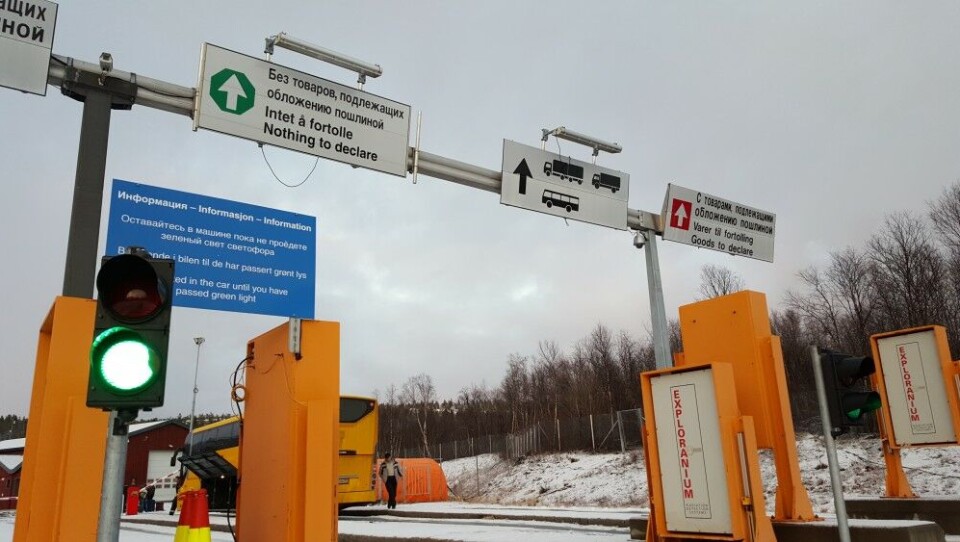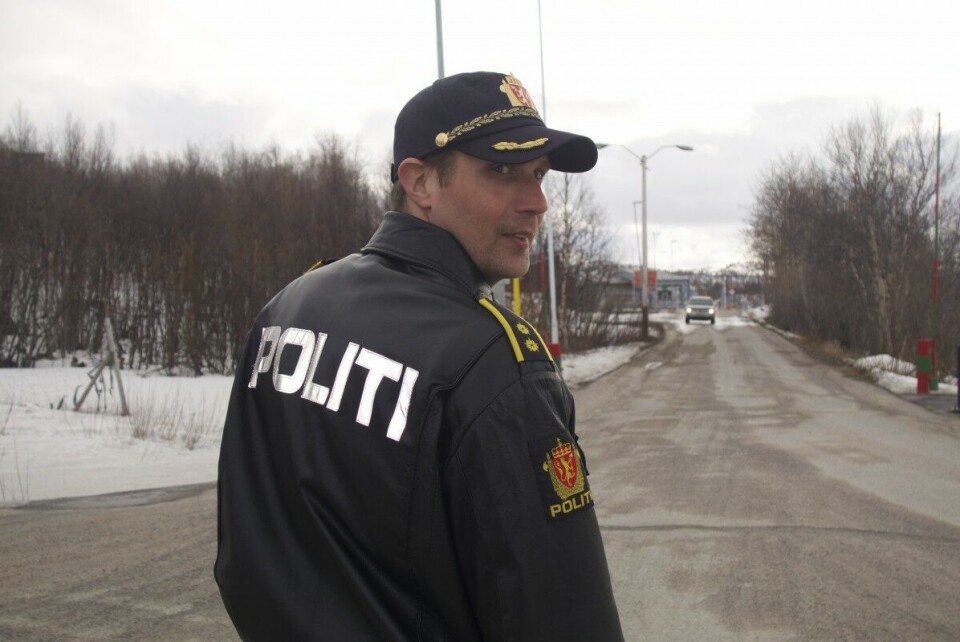
More border crossings to Finnmark, less to Lapland
10 percent increase at Storskog, while Raja-Joosepi and Salla still see a decline in cross-border traffic.
“We counted 21,206 border-crossings at Storskog. That is an increase of 9,8 percent compared with October 2015,” says chief of police in charge of the checkpoint, Stein Kristian Hansen, in an email to the Barents Observer.
Norwegians traveling as part of the visa-free agreement with Russia for people living in a 30-kilometer distance from the border counted for the largest increase, 800 more year-on-year.
In September, the last part of the road between Borisoglebsk and Salmijärvi got new asphalt after years of reconstruction. That shortens the drive for Norwegians heading for cheap gas in Russia.
The majority of border-crossers are still Russian citizens on day-tour shopping to Norway’s border town of Kirkenes.
Special regime on Russian-Finnish borders
Finland’s two northernmost checkpoints to Russia’s Kola Peninsula have seen a decline in traffic this autumn. September figures from Raja, the Finnish Border Guards show an 3 percent decline at Raja-Joosepi and a 20 percent decline at Salla year-on-year.
Finland and Russia in late March this year agreed to close the border crossing points of Raja-Joosepi and Salla for third-country citizens. The regime lasted until early October and is one of the reasons for the decline in traffic.
The unprecedented decision came after more than 1,500 refugees and migrants had made their way across Salla and Raja-Joosepi last winter to apply asylum in Finland.

















